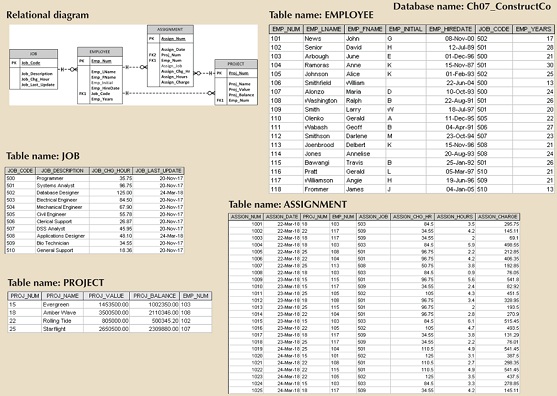Reference no: EM133688465
IT Project Management
Question 1: XYZ Online Bookstore is planning to upgrade its website to improve user experience and increase sales. The development team has been tasked with implementing new features and functionalities using Scrum methodology. These features are given below;
Improve navigation, search, and checkout processes.
Implement tailored book suggestions based on user preferences.
Ensure the website is mobile-friendly for seamless browsing.
Integrate social media features for enhanced engagement.
Introduce a rewards system to incentivize customer loyalty.
Improve search functionality and filtering options.
Allow users to preview books with interactive features.
Based on the features provided for the XYZ Online Bookstore upgrade, categorize each feature using the MoSCoW method (Must Have, Should
Have, Could Have, Won't Have) according to its importance and urgency for implementation.
Based on the prioritized features, divide them into sprints for implementation using the Scrum framework. When organizing the features into sprints, what factors did you consider, and how did they impact your decision-making process?
How will stakeholders be involved in Scrum to provide feedback and ensure alignment with business goals? Briefly explain.
Use any tool to draw the Sprint Backlog Table for this project, similar to the one discussed in the lecture today.
Introduction to SQL
Question 1: Explain the difference between an ORDER BY clause and a GROUP BY clause.
Question 2: What is the difference between the COUNT aggregate function and the SUM aggregate function?
Question 3: In a SELECT query, what is the difference between a WHERE clause and a HAVING clause?
Question 4: What is a subquery, and what are its basic characteristics?
Question 5: The ConstructCo database stores data for a consulting company that tracks all charges to projects. The charges are based on the hours each employee works on each project. The structure and contents of the ConstructCo database are shown in Figure 1.

Note that the ASSIGNMENT table in Figure 1 stores the JOB_CHG_HOUR values as an attribute (ASSIGN_CHG_HR) to maintain historical accuracy of the data. The JOB_CHG_HOUR values are likely to change over time. In fact, a JOB_CHG_HOUR change will be reflected in the ASSIGNMENT table. Naturally, the employee primary job assignment might also change, so the ASSIGN_JOB is also stored. Because those attributes are required to maintain the historical accuracy of the data, they are not redundant.
Part 2
Given the structure and contents of the ConstructCo database shown in Figure 1, use SQL commands to answer the questions below:
Question 1: Download the following file from the Moodle: 07_ConstructCo_mysql_txt.
Question 2: Import file into XAMPP.
Question 3: Write a query to count the number of projects.
Question 4: Write a query to count the number of Employees with the Assign charge more than 150.
Question 5: Write the SQL code required to list the employee number, last name, first name, and middle initial of all employees whose last names start with Smith. In other words, the rows for both Smith and Smithfield should be included in the listing. Sort the results by employee number.
Question 6: Using the EMPLOYEE, JOB, and PROJECT tables in the ConstructCo database, write the SQL code that will join the EMPLOYEE and PROJECT tables using EMP_NUM as the common attribute. Display the attributes shown in the results presented in Figure 2, sorted by project value.

Question 7: Write the SQL code that will produce the same information that was shown in Figure 2, but sorted by the employee's last name.
Question 8: Write the SQL code that will list only the distinct project numbers in the ASSIGNMENT table, sorted by project number.
Question 9: Write the SQL code to validate the ASSIGN_CHARGE values in the ASSIGNMENT table. Your query should retrieve the assignment number, employee number, project number, the stored assignment charge (ASSIGN_CHARGE), and the calculated assignment charge (calculated by multiplying ASSIGN_CHG_HR by ASSIGN_HOURS). Sort the results by the assignment number.
Question 10: Using the data in the ASSIGNMENT table, write the SQL code that will yield the total number of hours worked for each employee and the total charges stemming from those hours worked, sorted by employee number. The results of running that query are shown in Figure 3.
